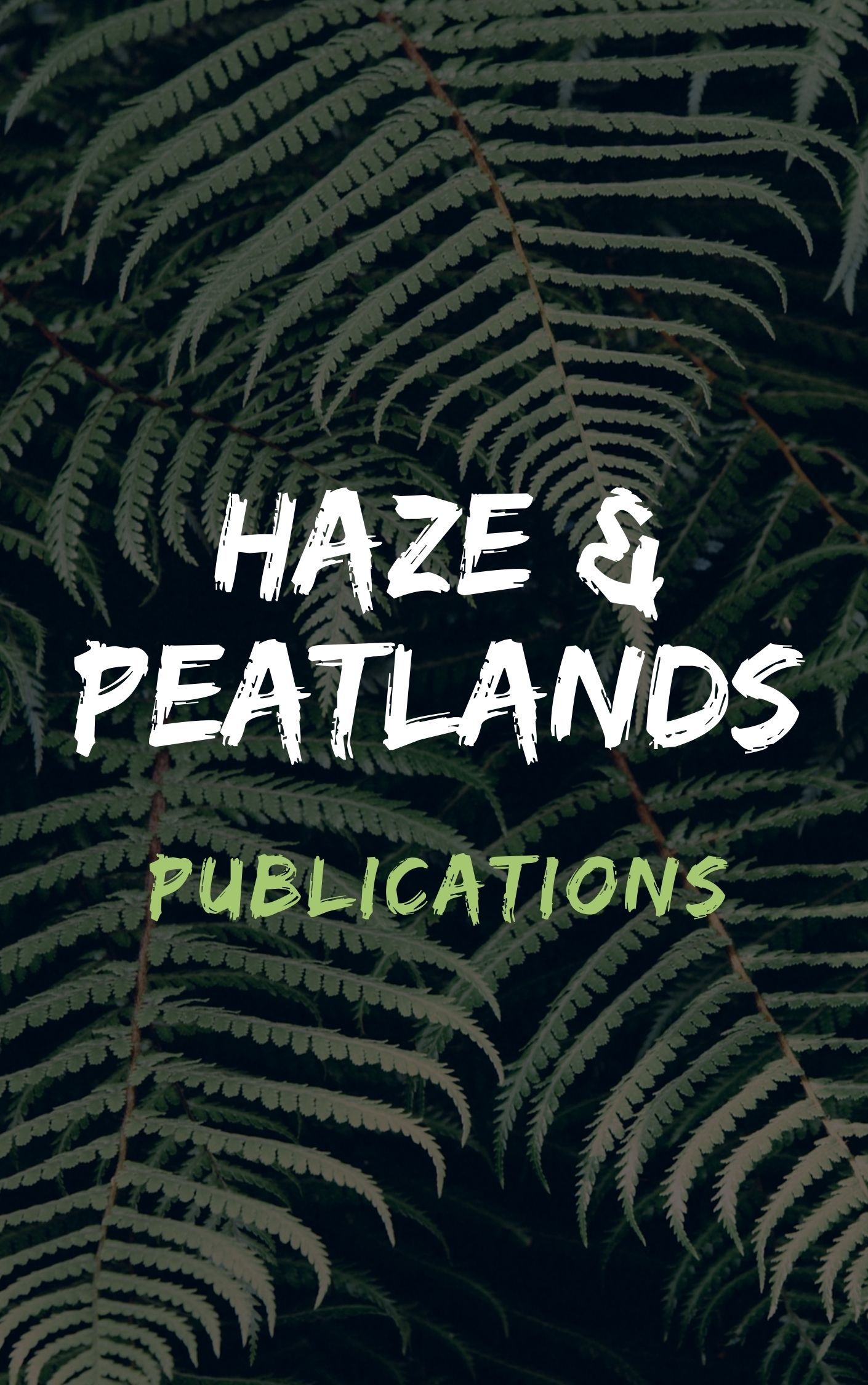Widespread annual burning in parts of Thailand has degraded natural forest formations and encouraged the spread of the fire resilient dry dipterocarp forest which is one of 4 forest types found in the area, and made up 23% of the study area; the other forest types present were mixed deciduous forest (35%), dry evergreen forest (35%) and hill evergreen forest (7%). The dry dipterocarp forest had a floristic composition indicative of an artificial climax maintained by fires. The influence of fire and dry dipterocarp forest on the carnivore community (tigers, leopards and other cats, civets, bears and otters) of the sanctuary was examined during a two-year study (1987-89). Seasonal fires influenced mortality and movements of carnivore species. All carnivores showed a disproportionately low use of dry dipterocarp forest in comparison with other habitat types, and all took refuge in evergreen forest during the driest times of the year. Some carnivore species were restricted to evergreen forest alone. The evergreen forest was a crucial component of carnivore home ranges. The dry dipterocarp forest was a resource poor habitat characterized by seasonal water scarcity and a relatively low abundance of prey species and fruiting trees. Small carnivores were more affected by fires and by resource scarcity in dry dipterocarp forest than were larger, wider-ranging carnivores. However, the distribution of tigers in the study area was also limited by dry dipterocarp forest. It is concluded that despite a diverse carnivore community in the study area, seasonal fires and the presence of dry dipterocarp forest threaten the health and stability of many carnivore populations, and that dry dipterocarp forest should not be allowed to spread at the expense of evergreen forest formations. Total exclusion of fire is not feasible in Thailand's remaining forest areas, but an alternative policy of prescribed burning combined with fire exclusion in high priority habitats appears sensible.

